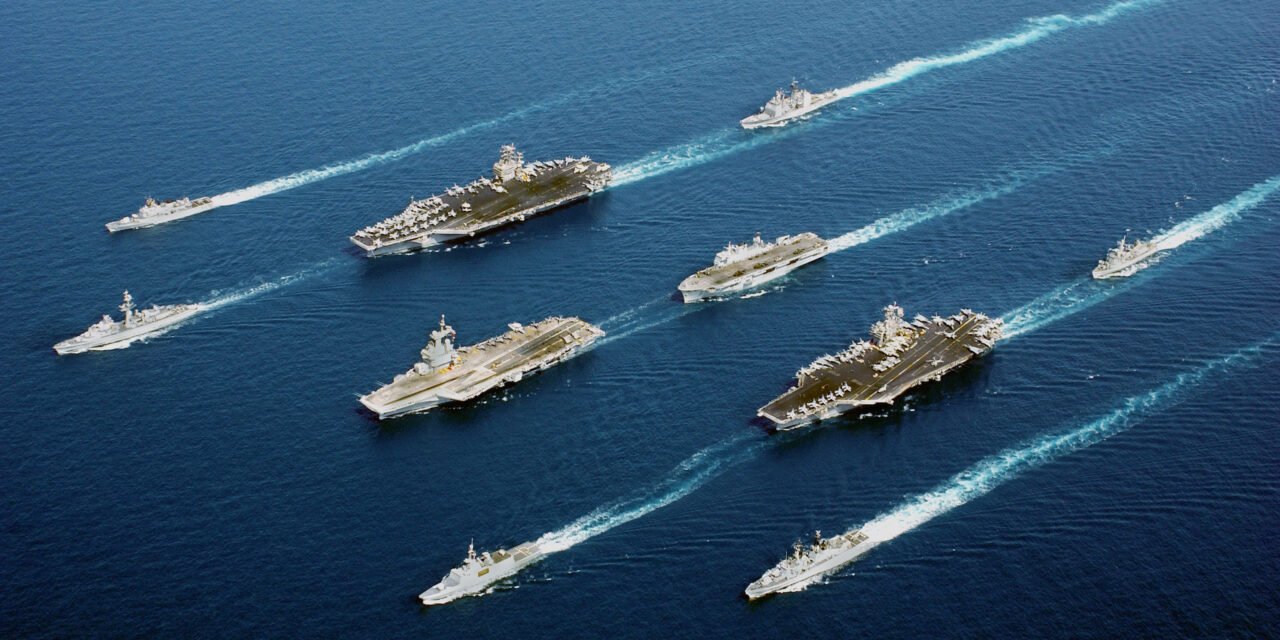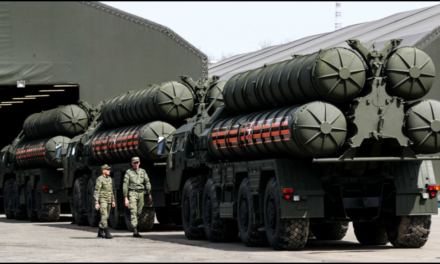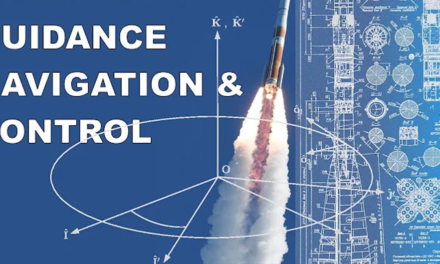Aircraft carriers are the centerpiece of a modern navy, enabling a nation to project power, maintain maritime dominance, and conduct versatile military operations far from its home shores. Here’s how aircraft carriers enhance a nation’s naval power and projection capabilities:
1. Power Projection
- Role: Aircraft carriers enable a nation to project military power across vast distances, demonstrating strength and influence in international waters and beyond.
- How They Operate:
- Serve as mobile airbases, carrying fighter jets, reconnaissance aircraft, and helicopters to extend operational reach.
- Provide a rapid and flexible response to crises, including conflicts, disasters, and humanitarian missions.
- Example:
- U.S. Nimitz-class carriers project power globally by deploying strike fighter aircraft and support assets.
2. Air Superiority and Maritime Dominance
- Role: Aircraft carriers establish air superiority over maritime regions, ensuring control of the skies and seas.
- How They Operate:
- Launch combat air patrols (CAP) to intercept enemy aircraft.
- Support anti-ship, anti-submarine, and anti-air operations with carrier-based aircraft.
- Example:
- France’s Charles de Gaulle carrier provides air dominance in the Mediterranean and beyond.
3. Mobile and Flexible Operations
- Role: Unlike land-based airfields, carriers can operate in international waters, moving to strategic locations as needed.
- How They Operate:
- Can rapidly reposition to respond to emerging threats or crises.
- Operate independently or as part of carrier strike groups (CSGs) with destroyers, frigates, and submarines for added protection and versatility.
- Example:
- The U.S. Navy’s Carrier Strike Groups provide unparalleled operational flexibility.
4. Power in Multidimensional Warfare
- Role: Carriers contribute to air, sea, and undersea operations, making them critical in multidimensional warfare.
- How They Operate:
- Launch airstrikes against land-based and maritime targets.
- Support anti-submarine warfare (ASW) using helicopters and specialized aircraft like the MH-60R Seahawk.
- Example:
- The Indian Navy’s INS Vikrant enhances India’s capabilities in the Indian Ocean region.
5. Rapid Response to Crises
- Role: Aircraft carriers are often the first assets deployed in response to conflicts, natural disasters, or humanitarian crises.
- How They Operate:
- Provide immediate air support, surveillance, and logistics in conflict zones.
- Serve as platforms for disaster relief operations, including medical assistance, food delivery, and evacuation efforts.
- Example:
- The U.S. USS Abraham Lincoln supported relief efforts during the 2004 Indian Ocean tsunami.
6. Enhanced Diplomatic Influence
- Role: The presence of an aircraft carrier in a region demonstrates a nation’s commitment to allies and deters potential adversaries.
- How They Operate:
- Participate in joint exercises, enhancing interoperability with allied forces.
- Serve as visible symbols of military and political influence during international disputes.
- Example:
- The deployment of U.S. carriers in the South China Sea reinforces alliances and deters aggression.
7. Intelligence, Surveillance, and Reconnaissance (ISR)
- Role: Carriers enhance situational awareness through advanced ISR capabilities.
- How They Operate:
- Deploy reconnaissance aircraft and drones for real-time intelligence gathering.
- Monitor enemy movements, maritime activity, and airspace violations.
- Example:
- Carrier-based E-2D Advanced Hawkeye aircraft provide critical surveillance data.
8. Force Multiplication
- Role: Aircraft carriers act as force multipliers by integrating airpower with naval and ground operations.
- How They Operate:
- Coordinate airstrikes with naval gunfire and amphibious assaults.
- Support joint operations by providing aerial refueling, electronic warfare, and close air support.
- Example:
- The U.S. Gerald R. Ford-class carriers leverage advanced technology to enhance multi-domain operations.
9. Deterrence and Strategic Presence
- Role: Carriers deter adversaries by showcasing a nation’s readiness and capability to respond to threats.
- How They Operate:
- Maintain a visible and credible presence in contentious regions, discouraging aggression.
- Conduct freedom-of-navigation operations to challenge territorial claims in international waters.
- Example:
- The Royal Navy’s HMS Queen Elizabeth patrols in the Indo-Pacific region to assert international norms.
10. Support for Amphibious and Special Operations
- Role: Carriers enhance amphibious and special operations by providing air cover and logistics support.
- How They Operate:
- Deploy vertical/short takeoff and landing (V/STOL) aircraft like the F-35B to support amphibious assaults.
- Serve as platforms for special forces operations and insertion missions.
- Example:
- The U.S. America-class amphibious assault ships, though smaller, serve similar roles for Marine Corps operations.
11. Technological Innovation and Capability Development
- Role: Aircraft carriers drive advancements in naval aviation, propulsion, and combat systems.
- How They Operate:
- Use nuclear propulsion for extended operational endurance.
- Incorporate cutting-edge systems like electromagnetic catapults (EMALS) for efficient aircraft launches.
- Example:
- The U.S. Gerald R. Ford-class carriers feature advanced automation and reduced crew requirements.
12. Challenges of Aircraft Carriers
- High Costs:
- Carriers are expensive to build, operate, and maintain.
- Vulnerability to Emerging Threats:
- Hypersonic missiles, submarines, and swarming drones pose significant risks.
- Dependence on Carrier Strike Groups:
- Carriers require extensive escort ships and submarines for protection.













